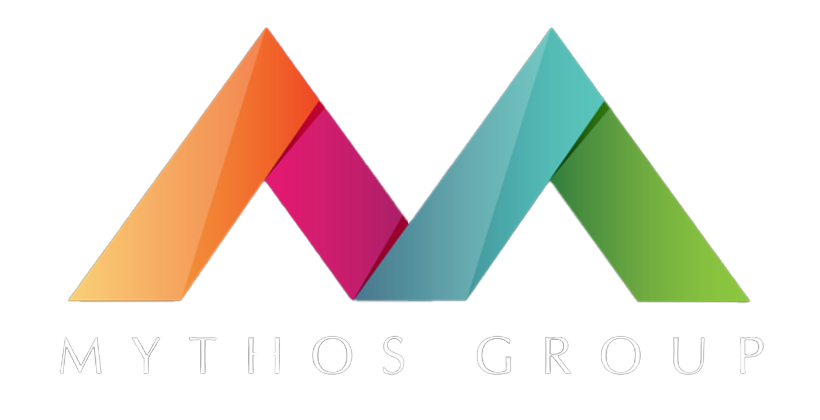Is The Hub-And-Spoke Work Model Right For Your Company?
The hub-and-spoke work model is an up-and-coming structure that is a cross between hybrid and remote work. This new age of office culture requires business leaders to be agile and adapt to the changing needs of job candidates. Hub-and-spoke provides a means to satisfy both parties.
In this model, there is a work headquarters, and several satellite offices in different locations. Read on to learn about the benefits and use cases for hub-and-spoke workspaces.
What Is The Hub-And-Spoke Work Model?
The hub-and-spoke work model highlights how corporations can effectively use schedules, spaces, and technology to increase productivity. During and after the COVID-19 pandemic, business leaders realized that synchronous, in-person work was not necessary for corporate jobs. However, many employers and employees fear a decrease in wellness and an increase in social isolation without the consistency of office relationships.
This is where the hub-and-spoke model comes in. It works as a compromise between remote, hybrid, and in-person work models. Those who wish to work in the office are welcome to work at the headquarters or at a satellite office location. Conversely, those who wish to work remotely can work remotely from home, and their home office becomes an additional satellite office location.
This restructuring of work locations gives employees more flexibility over their work location, while allowing management to have an office location for when it’s needed.
Benefits Of Hub-And-Spoke For Businesses
Hub-and-spoke not only benefits employees by reducing their commute, increasing their autonomy, and increasing flexibility, but it also has a plethora of benefits for businesses, including the following.
-
- Optimizes employee experience. According to McKinsey, 87% of employees who were given the opportunity to work remotely, took it. Employees prefer having the flexibility and convenience to work from home when possible.
- Gives companies access to a larger range of candidates. Utilizing satellite locations and remote work gives employers access to a much wider range of candidates to hand-pick their employees from. Rather than being limited to their city, they can now search nationally or globally. This increases expertise and diversity.
- Decreases costs of office space and utilities. Using the hub-and-spoke work model allows for a decrease in office space. While there will still be office locations, they will be smaller than traditional offices since many employees will work from home.
- Increases convenience for employees. Giving employees the choice between which location they want to work in gives them more convenience, which is especially important for Gen Z professionals.
- Increases productivity. Since hub-and-spoke strengthens employee culture and morale, productivity increases.
- Decreased carbon footprint. Companies who use the hub and spoke model typically have a smaller carbon footprint than those who don’t due to shorter employee commutes and decreased use of office utilities.
While there are certainly more pros than cons, one thing to look out for when implementing this model is logistics. Employees in different time zones may have conflicting schedules that make it difficult to manage logistics for phone calls or meetings. However, if you consider this and plan ahead, it can be overcome.
Hub-and-spoke structures the work environment in a way that allows for collaboration and flexibility amongst staff and management. By moving your business towards a hub-and-spoke work model, you can increase employee morale, access talented candidates, strengthen your work culture, and decrease costs.
Large Companies Are Reaping Benefits From Hub-And-Spoke Workspaces
Several renowned companies have seen success from implementing hub-and-spoke workspaces, including the following.
- BP: BP reportedly has 20% more office space than it needs. They have decided to restructure their workspaces to adapt to hybrid work. They foresee fewer permanent desks for individual employees and more flexible meeting areas and collaborative workspaces.
- Amazon: Since 2020, Amazon has been expanding its large office into hubs in major cities, including Detroit, Dallas, Denver, New York, Phoenix, and San Diego. They’ve strategically chosen these locations to tap into the expertise candidates have gained from universities in those areas.
- Google: While Google still heavily leans on their headquarters, during the pandemic they realized that expanding into more spaces with “hubs” would give their employees more flexibility and work-life balance.
- IBM: IBM recognizes the benefits of hub-and-spoke workspaces and embraced it to allow their employees to work from hubs close to where they live. They understand that workplaces can be transformed through positive employee experiences, cultural leadership, and sustainable diversity.
- Salesforce: Salesforce has begun using regional offices to capitalize on the advantages of working with people from different regions. Their numerous locations not only are effective for employees, but they aid in customer communications, as well.
- Dropbox: Dropbox transitioned into a virtual first work model, but still uses hubs to satisfy employees who prefer physical office spaces.
- Penske: The freight company employs its own version of hub-and-spoke to deliver freight to its customers as cost-effectively and timely as possible.
Additionally, several companies have begun investing in coworking spaces. These flexible spaces allow workers to pay a small fee to work in an office space with others on days they don’t want to work from home or the office.
Is The Hub-And-Spoke Word Model Right For Your Company?
If you want a stronger employee culture, more competitive candidates, and reduced office costs, the hub-and-spoke model could be right for your company. Speak with a Mythos Group consultant to learn how to implement hub-and-spoke in your business ASAP.







